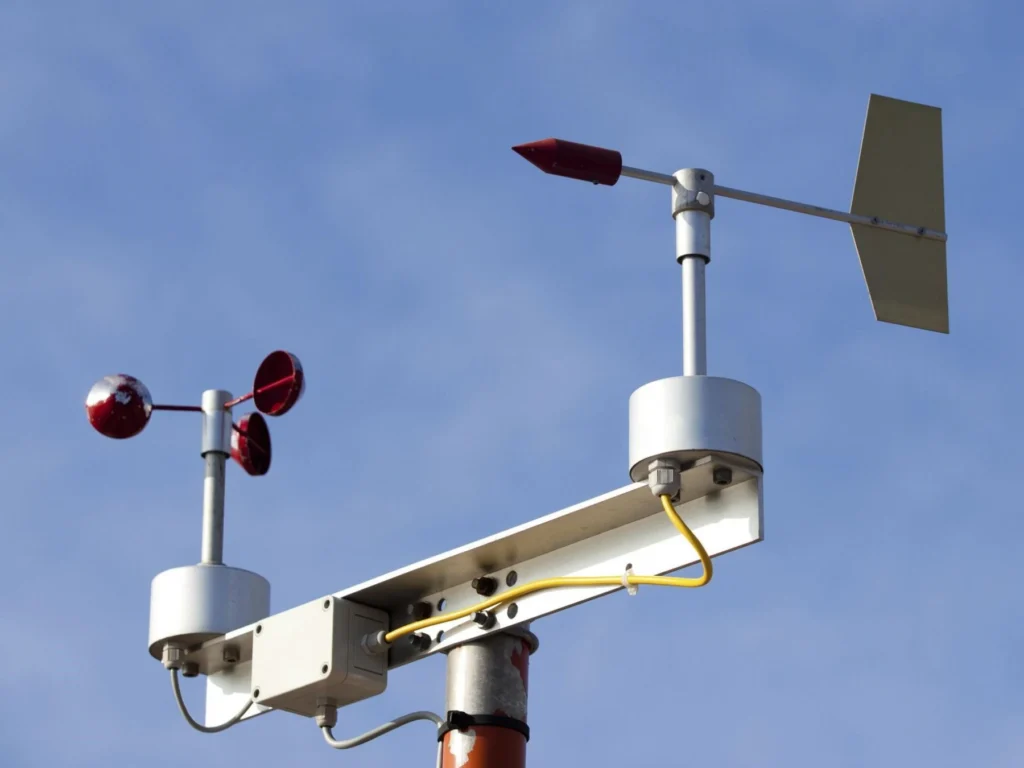
# Anemometer: The Instrument for Measuring Wind Speed
Wind speed is a crucial parameter in various fields, including meteorology, aviation, and environmental studies. To accurately measure wind speed, scientists and engineers rely on a specialized instrument known as an anemometer. This device has been a cornerstone in weather monitoring and has evolved significantly over the years.
## What is an Anemometer?
An anemometer is a device used to measure the speed of wind. It is an essential tool for meteorologists who need to gather data on wind patterns and velocities. The term “anemometer” is derived from the Greek word “anemos,” meaning wind, and “metron,” meaning measure.
## Types of Anemometers
There are several types of anemometers, each designed for specific applications and environments. The most common types include:
– Cup Anemometers: These consist of three or four cups mounted on horizontal arms, which rotate as the wind blows. The speed of rotation is proportional to the wind speed.
– Vane Anemometers: Also known as windmill anemometers, these devices use a propeller mounted on a wind vane to measure wind speed and direction simultaneously.
– Hot-Wire Anemometers: These use a heated wire that cools as the wind passes over it. The rate of cooling is used to determine the wind speed.
– Ultrasonic Anemometers: These devices use ultrasonic sound waves to measure wind speed and direction. They are highly accurate and are often used in research and industrial applications.
## How Does an Anemometer Work?
The working principle of an anemometer depends on its type. For instance, in a cup anemometer, the wind causes the cups to rotate. The number of rotations per unit time is counted and converted into wind speed. In a hot-wire anemometer, the change in temperature of the wire due to wind flow is measured and correlated with wind speed.
## Applications of Anemometers
Anemometers are used in a wide range of applications:
– Weather Forecasting: Accurate wind speed measurements are crucial for predicting weather patterns and issuing warnings.
– Aviation: Pilots rely on wind speed data for safe takeoffs, landings, and in-flight navigation.
– Environmental Monitoring: Anemometers help in assessing wind energy potential and monitoring air quality.
– Sports: In sports like sailing and windsurfing, anemometers are used to measure wind conditions for optimal performance.
## Conclusion
The anemometer is an indispensable tool for measuring wind speed, playing a vital role in various scientific and practical applications. Its evolution from simple mechanical devices to sophisticated electronic instruments has greatly enhanced our ability to understand and harness the power of the wind. Whether for weather forecasting, aviation, or environmental studies, the anemometer continues to be a key instrument in our quest to measure and comprehend the forces of nature.
Keyword: instrument to measure wind speed
